Embark on a captivating journey to explore the world of traditional Italian dances.
From the lively Tarantella to the graceful Sicilian Tarantella, we uncover these captivating dances’ origins, significance, and celebration.
Immerse yourself in Italy’s rich cultural tapestry, as every twirl and step tells a story of heritage and tradition.
Unveiling the Splendor of Traditional Italian Dances
Italy is a land of rich culture and traditions, and its vibrant dance forms are no exception.
From the elegant waltz to the fiery tarantella, Italian dances are a reflection of the country’s diverse regional identities.
Whether you’re a seasoned dancer or just looking to explore a new art form, discovering traditional Italian dances is an exciting adventure.
The best part? Each dance tells a unique story steeped in rich history and folklore. So, why not step out of your comfort zone and immerse yourself in the world of Italian dance?
Not only will you learn a new skill, but you’ll also gain a deeper appreciation for the country’s rich cultural heritage.
So, please put on your dancing shoes and let’s journey together to discover the captivating world of traditional Italian dances.
History of Italian Dances
The roots of Italian dances can be traced back to the ancient Roman Empire.
During the Renaissance period, dance became a popular form of entertainment among the aristocracy.
The Italian court dances of the 16th and 17th centuries were characterized by their elegance, grace, and intricate footwork.
However, it was the folk dances of Italy that truly captured the spirit of the people.
These dances were performed at weddings, festivals, and other celebrations and were a way of preserving regional traditions and customs.
Types of Italian Dances
Italian dances can be broadly categorized into two types – court dances and folk dances.
Court dances were performed by the aristocracy and were characterized by their formality and elegance.
These dances were performed in the ballroom and were often accompanied by live music.
Folk dances, on the other hand, were performed by the common people and were a way of expressing their joy and celebrating life.
These dances were often accompanied by traditional instruments such as the tambourine, accordion, and mandolin.
Tarantella – the Most Popular Traditional Italian Dance
The tarantella is the most popular of all traditional Italian dances.
This lively and energetic dance originated in the southern regions of Italy and is believed to have been used as a cure for the bite of the tarantula spider.
The dance was performed by the victim of the spider bite as a way of sweating out the poison.
Today, the tarantella is a popular folk dance that is performed at weddings and other festive occasions.
The dance is characterized by its fast tempo, quick footwork, and intricate spinning movements.
Folk Dances of Northern Italy
The folk dances of Northern Italy are characterized by their simplicity and elegance.
The dances are often performed in a circle and are accompanied by traditional instruments such as the accordion, violin, and flute.
The most popular folk dances of Northern Italy include the Pizzica, the Saltarello, and the Monferrina.
The Pizzica is a lively dance that originated in the region of Puglia and is characterized by its fast tempo and virtuosic footwork.
The Saltarello, on the other hand, is a dance that originated in the region of Lazio and is characterized by its graceful movements and elegant footwork.
Folk Dances of Central Italy
The folk dances of Central Italy are characterized by their lively rhythms and energetic movements.
The dances are often performed in a circle and are accompanied by traditional instruments such as the mandolin, accordion, and tambourine.
The most popular folk dances of Central Italy include the Tarantella Abruzzese, the Tarantella Calabrese, and the Tammuriata.
The Tarantella Abruzzese is a dance that originated in the region of Abruzzo and is characterized by its fast tempo and virtuosic footwork.
The Tarantella Calabrese, on the other hand, is a dance that originated in the region of Calabria and is characterized by its lively rhythms and energetic movements.
Folk Dances of Southern Italy
The folk dances of Southern Italy are characterized by their fiery rhythms and passionate movements.
The dances are often performed in a circle and are accompanied by traditional instruments such as the tambourine, accordion, and mandolin.
The most popular folk dances of Southern Italy include the Tarantella Napoletana, the Tarantella Siciliana, and the Tammurriata.
The Tarantella Napoletana is a dance that originated in the region of Campania and is characterized by its fast tempo and virtuosic footwork.
The Tarantella Siciliana, on the other hand, is a dance that originated in the region of Sicily and is characterized by its passionate movements and fiery rhythms.
Italian Dance Costumes and Music
Italian dance costumes are an important part of the country’s rich cultural heritage. The costumes are often colorful and elaborate and are a reflection of the region’s traditions and customs.
In Northern Italy, dancers often wear simple and elegant costumes, while in Southern Italy, the costumes are often more elaborate and flamboyant.
Italian dance music is an integral part of the country’s dance culture. The music is often played live and is characterized by its lively rhythms and passionate melodies.
Traditional instruments such as the mandolin, accordion, and tambourine are often used in Italian dance music.
Where to See Traditional Italian Dances
There are many places in Italy where you can see traditional Italian dances being performed.
One of the best places to see Italian dances is at a local festival or celebration.
These events are often held throughout the year and are a great way to experience the country’s rich cultural heritage.
You can also see Italian dances being performed at local dance schools and community centers.
Learning Traditional Italian Dances – Classes and Workshops
If you’re interested in learning traditional Italian dances, there are many classes and workshops available throughout the country.
These classes are taught by experienced instructors and are a great way to learn the intricacies of Italian dance.
Many of these classes are also accompanied by live music, giving students a true taste of Italy’s rich cultural heritage.
The bottom line
Italian dances are a reflection of the country’s rich cultural heritage.
From the elegant court dances to the lively folk dances, each dance tells a unique story that is steeped in history and folklore.
Whether you’re a seasoned dancer or just looking to explore a new art form, discovering traditional Italian dances is an exciting adventure.
So, put on your dancing shoes and immerse yourself in the world of Italian dance.
You’ll not only learn a new skill, but you’ll also gain a deeper appreciation for the country’s rich cultural heritage.

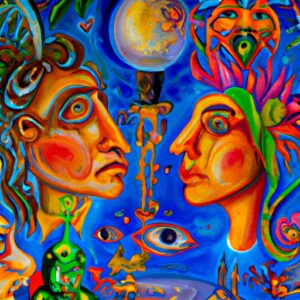
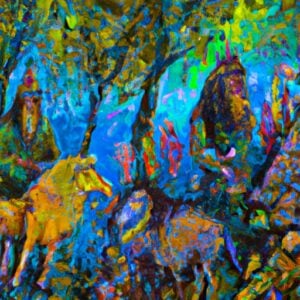


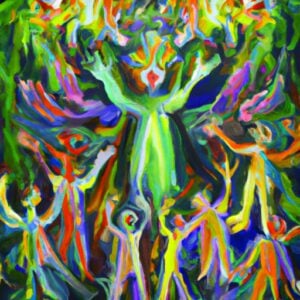
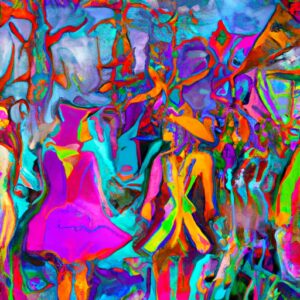
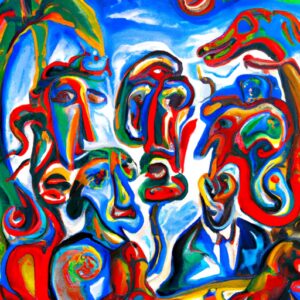
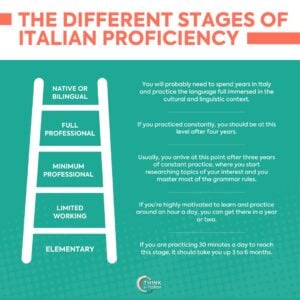
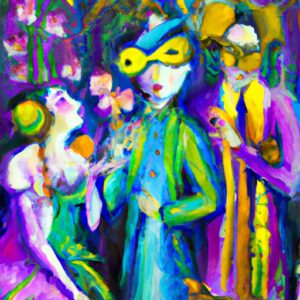


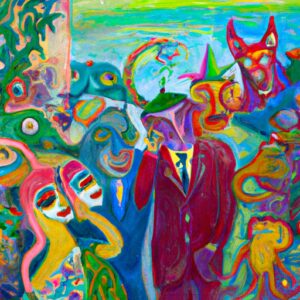
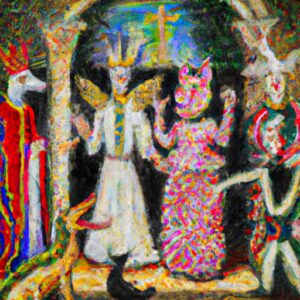
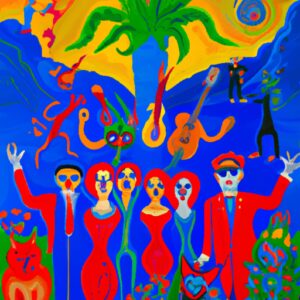
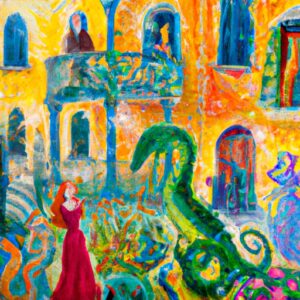




One Response
Wow, this sounds like such a fun and cultural experience! I can’t wait to learn more about traditional Italian dances.